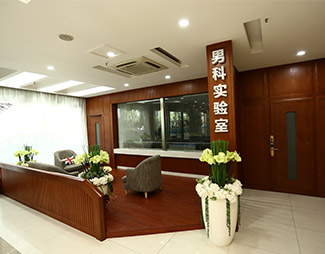Myopia, or nearsightedness, can be corrected or managed through several methods:
1. Eyeglasses: The most common treatment for myopia is wearing corrective lenses. Eyeglasses can be tailored to the individual's prescription to sharpen distance vision.
2. Contact Lenses: Another option for correcting myopia is wearing contact lenses, which may provide clearer vision and a wider field of view compared to eyeglasses.
3. Refractive Surgery: Procedures such as LASIK (Laser-Assisted In Situ Keratomileusis) or PRK (Photorefractive Keratectomy) can permanently alter the shape of the cornea to improve vision. These surgeries are typically considered for adults with stable prescriptions.
4. Orthokeratology: This non-surgical method involves wearing rigid gas-permeable contact lenses overnight to temporarily reshape the cornea, providing clear vision during the day without the need for glasses or contacts.
5. Lifestyle Adjustments: Reducing screen time, maintaining good posture while reading or working, and ensuring adequate lighting can help manage myopia and potentially slow its progression, especially in children.
6. Multifocal Contact Lenses or Glasses: For children, multifocal lenses have been shown to slow the progression of myopia.
It's important to consult an eye care professional for a comprehensive eye exam and to determine the most appropriate treatment option based on the individual's age, prescription, and lifestyle needs.











